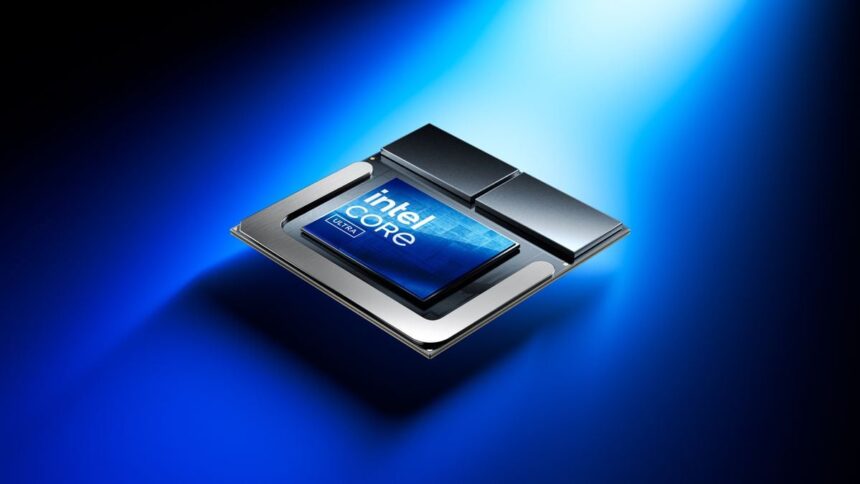One of the standout features of the Intel Core Ultra 200V (Lunar Lake) processors, designed for notebooks, is the integration of memory directly into the CPU die. However, Intel has revealed that this will not be a feature they will continue in the future. According to Pat Gelsinger, Intel’s CEO, the company has decided to move away from this technology due to its impact on profit margins and the limitations it presents.
During a recent shareholder meeting discussing Intel’s third-quarter 2024 financial results, Gelsinger confirmed that the upcoming Panther Lake and Nova Lake processor generations will not incorporate integrated memory. Instead, these chips will return to using the market-standard memory configuration, marking a shift back to more conventional designs.
“That’s not the case with Panther Lake, Nova Lake and their successors. We’ve done it in a more traditional way with memory outside the packaging, leaving CPU, GPU, NPU and I/O capabilities on the die. But the memory volume will be outside the packaging following the roadmap.”
Integrated memory impacts Intel’s profits.
One of the drawbacks of notebooks powered by Intel Core Ultra 200V (Lunar Lake) processors is that the RAM is integrated into the CPU, along with the graphics and AI processing cores (NPU). This design means users cannot upgrade the amount of RAM in these systems. Intel CFO David Zinsner echoed Pat Gelsinger’s comments, noting that integrating these components into the CPU resulted in a loss of profit margin for the company.
During the same meeting, Gelsinger shared Intel’s strategy for the future, emphasizing a shift toward simpler processor lineups with fewer SKUs. This is a departure from the more complex approach of the Lunar Lake generation. Additionally, Intel plans to reduce its reliance on TSMC to manufacture future generations of CPUs, signaling a potential shift in its supply chain strategy.
Regarding the graphics card division, Gelsinger confirmed that the Battlemage family of Intel GPUs is still on track, with the first cards expected to launch by the end of the year. However, the future of Arc GPUs will largely depend on the sales performance of the second-generation cards. Intel’s next steps in the discrete GPU market will be heavily influenced by how well the second-generation Arc GPUs are received.





